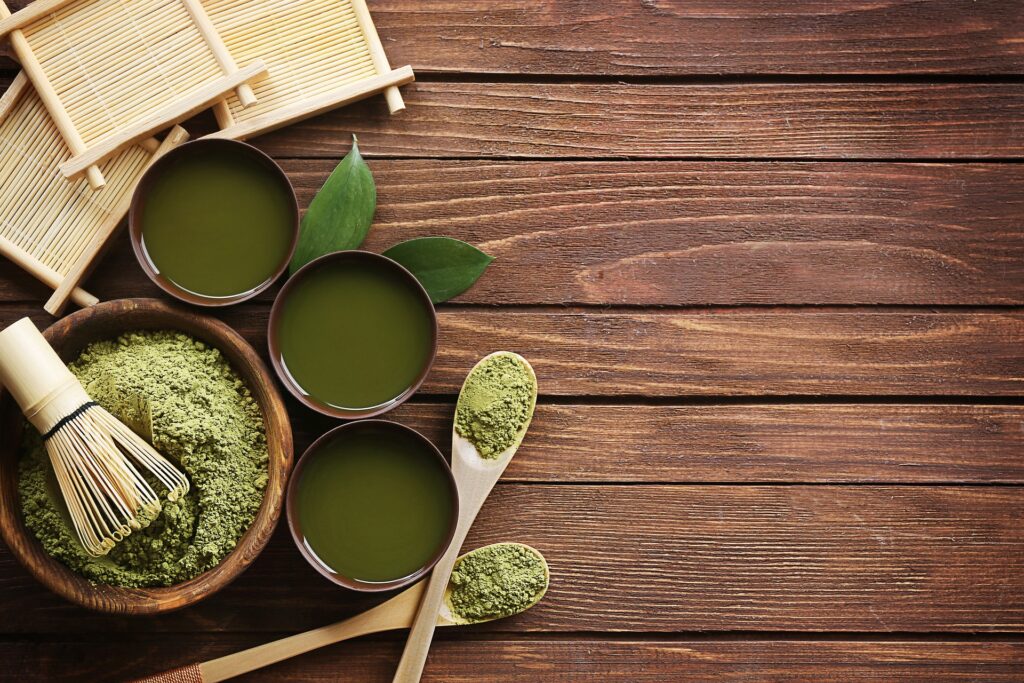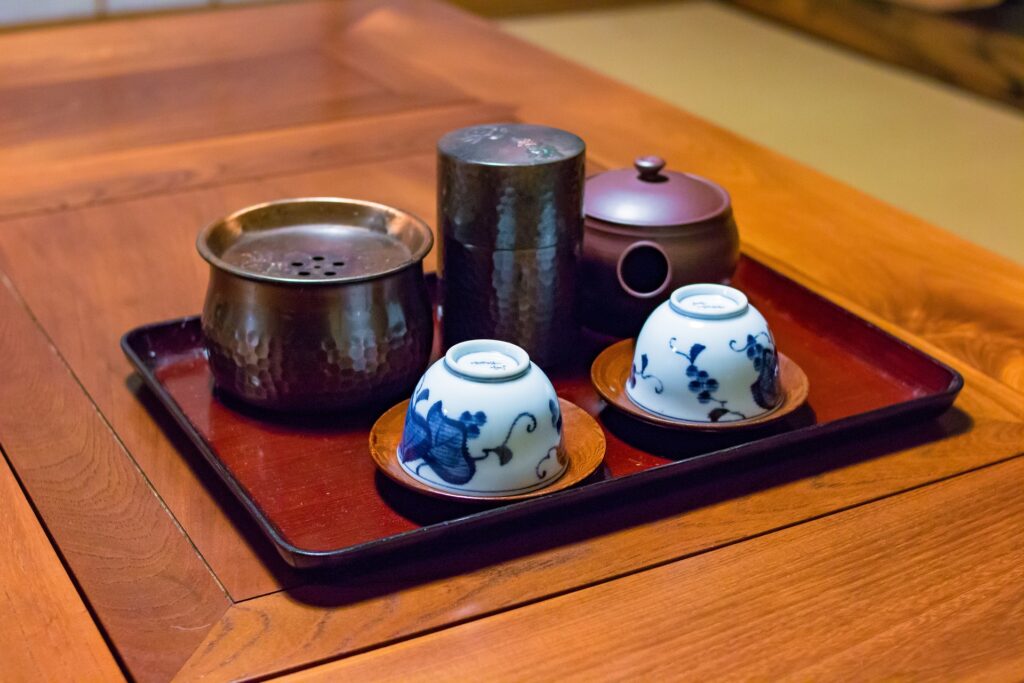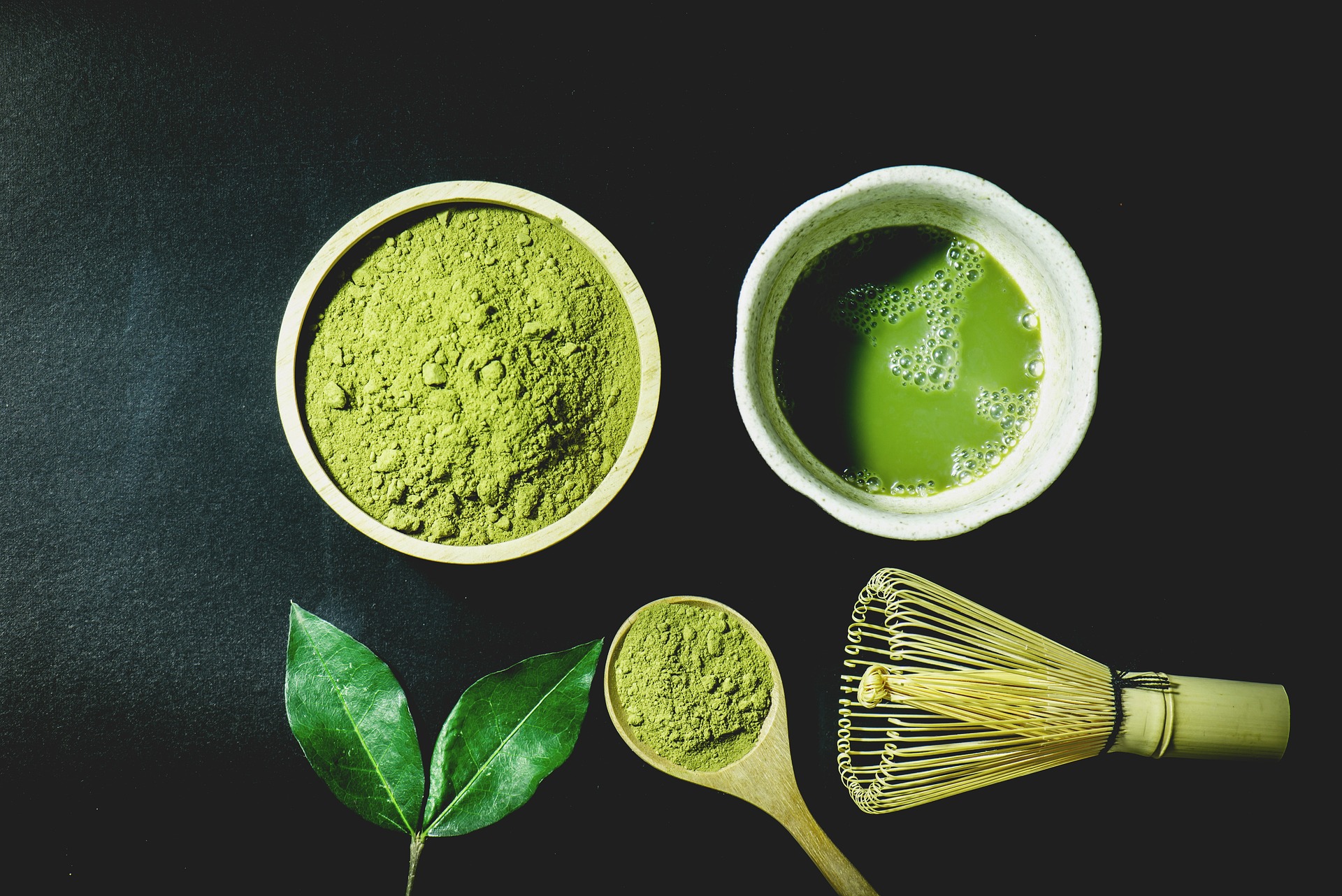- Matcha is more than just tea
- 1. Origin of Matcha: “Tencha” Culture in Tang Dynasty China
- 2. Introduction to Japan: Tea Culture Brought by Zen Master Eisai in the Kamakura Period
- 3. Muromachi Period: Birth of Chanoyu and “Wabicha” Culture
- 4. Edo Period: Matcha Culture Spreads to the Common People
- 5. Meiji Era to the Present: Industrialization and the Global Matcha Boom
- Summary: Knowing the history makes a cup of matcha special
- Preview of next installment
Matcha is more than just tea
Matcha is now a beverage loved not only in Japan but around the world. It is also known as a “super food” for its unique flavor, bright green color, and health benefits. However, behind this cup of tea lies more than a thousand years of history and culture. Let’s take a closer look at the history of matcha, period by period, beginning in ancient China, developing into a symbol of Japanese tea ceremony culture, and now spreading around the world.
1. Origin of Matcha: “Tencha” Culture in Tang Dynasty China
The original form of matcha originated in China during the Tang Dynasty (7th-10th century).
- Method: Tencha is made by steaming and drying tea leaves, then grinding them finely on a millstone.
- Drinking: The most common way to drink tencha was to dissolve powdered tea in hot water and whisk it to drink.
This method was popular among the monks and aristocrats of the time, and tea was treated as a noble drink.
Episode: Tang Dynasty poet Lu Dao celebrated the culture of tea in his poem “Drinking Seven Bowls of Tea” which describes the allure of tea.
2. Introduction to Japan: Tea Culture Brought by Zen Master Eisai in the Kamakura Period
In the Kamakura period (12th century), Zen master Eisai traveled to the Song dynasty (then China) to study Zen Buddhism, and upon his return, he brought back tea seeds and the culture of dim sum to Japan.
Zen Master Eisai and the “Tea Cures”
Eisai wrote Japan’s oldest tea book, “Kissa Yojohki,” which describes the benefits of tea as follows
- Concentrates the mind: tea prevents drowsiness and aids in training.
- Health promotion: it cools the body’s heat and aids digestion.
The tea seeds brought by Eisai were first cultivated in Uji, Kyoto, leading to the later development of “Uji tea”.

3. Muromachi Period: Birth of Chanoyu and “Wabicha” Culture
During the Muromachi period (1333-1573), matcha became a high-end luxury item among warriors and aristocrats. It was during this period that the culture of “chanoyu” was formed and the prototype for the tea ceremony was born.
”Wabicha” by Jukoh Murata
- Murata Jukoh incorporated the spirit of Zen into the tea ceremony and advocated “wabicha,” which emphasizes “spiritual richness” over decoration and formality.
The advent of Sen no Rikyu and the perfection of the tea ceremony
Sen no Rikyu refined Wabicha to its ultimate level and perfected the tea ceremony as a spiritual culture.
- Tearooms: Emphasis on simple and plain spaces (e.g., “Souan tearooms”).
- Utensils: He loves tea utensils that are simple and functional in beauty.
- Behavior: Put meaning into each action of serving tea.
Sen no Rikyu’s philosophy gave birth to the spirit of “once in a lifetime” that is still relevant today.
4. Edo Period: Matcha Culture Spreads to the Common People
During the Edo period, matcha spread not only among warriors and aristocrats but also among the common people.
Appearance of Teahouse
Numerous teahouses appeared in Edo, and people began to casually enjoy matcha tea.
- The wagashi served with matcha has evolved and remains an integral part of Japan’s tea culture.
Establishment of Uji tea
Uji, Kyoto is renowned for its high-quality matcha, and the “Uji-cha” brand has been established.
Trivia: Uji tea is cultivated using a unique method called “covered cultivation” which brings out the sweetness and flavor of the tea leaves.
5. Meiji Era to the Present: Industrialization and the Global Matcha Boom
During the Meiji period (1868-1912), tea manufacturing technology evolved dramatically, and matcha became mass-produced.
The Modern Expansion of Matcha
- Health-conscious: Matcha is high in catechins and theanine, which are noted for their antioxidant and relaxing effects.
- Overseas popularity: In the U.S. and Europe, beverages with a matcha twist, such as “matcha lattes” and “matcha smoothies,” have boomed.

Summary: Knowing the history makes a cup of matcha special
Matcha has evolved along with Japanese culture throughout its more than 1,000-year history. Knowing its roots will make your daily cup of matcha tea feel like a special cup of tea.
Preview of next installment
In the next article, we will introduce the “basic way to make matcha” and “matcha recipes you can make at home” to enjoy the taste of matcha. Please look forward to it!

